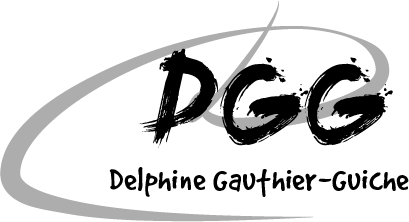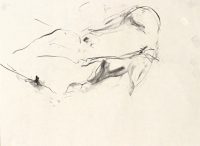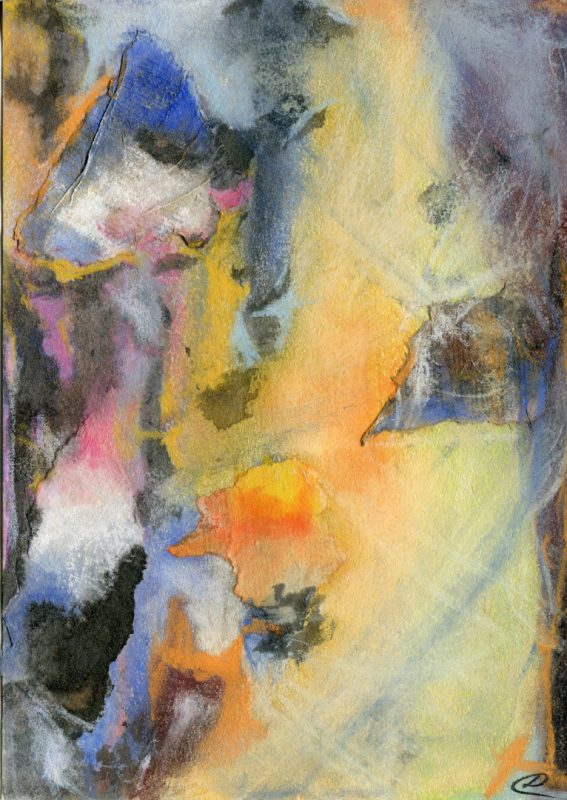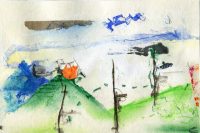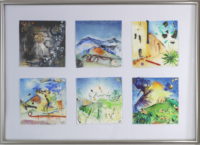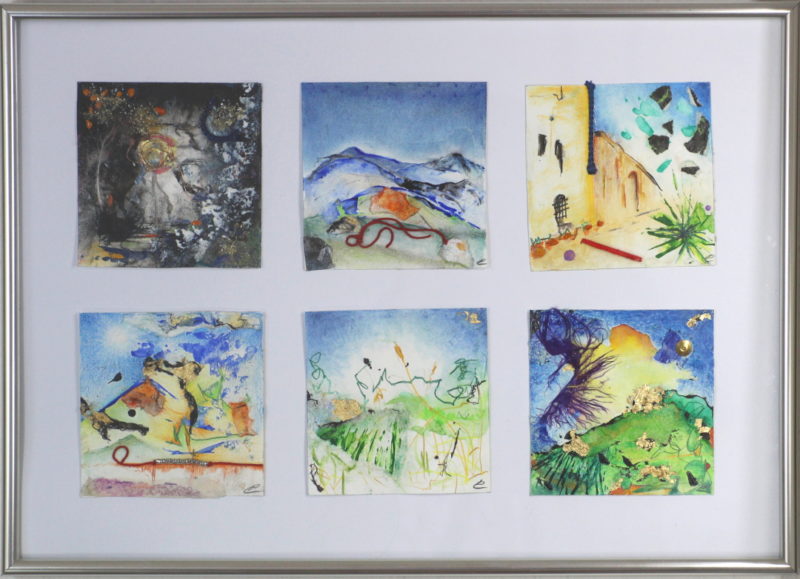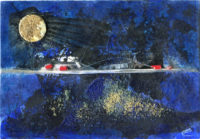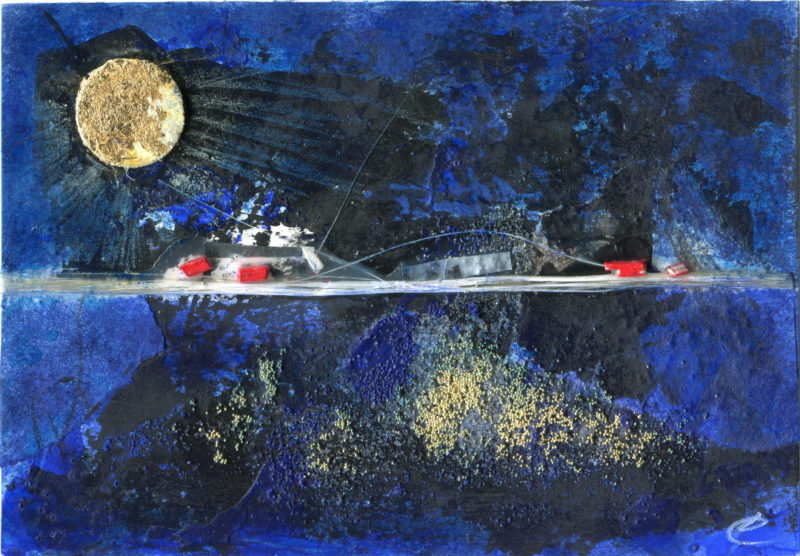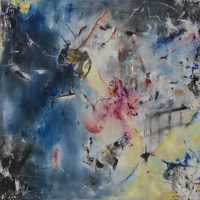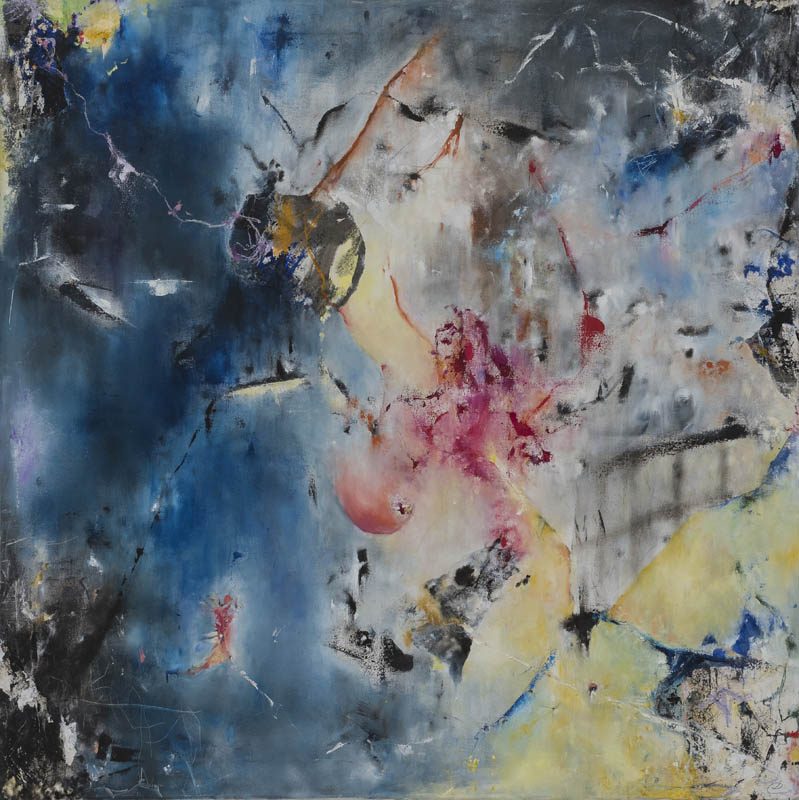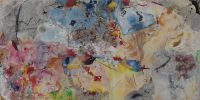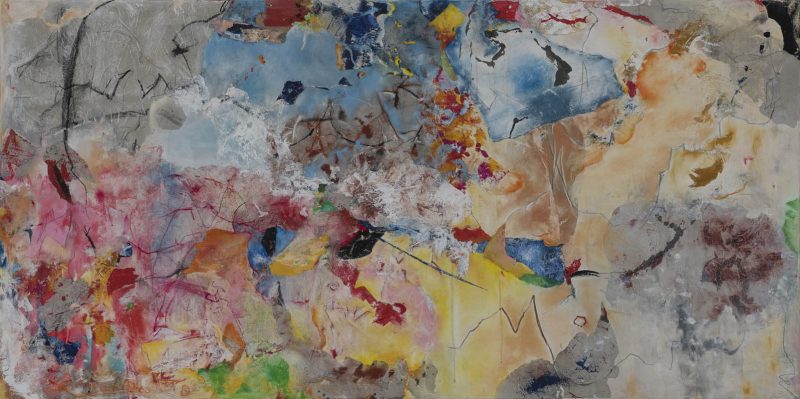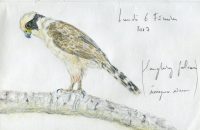News
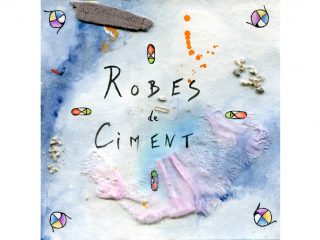
in the Studio
on Stage
about
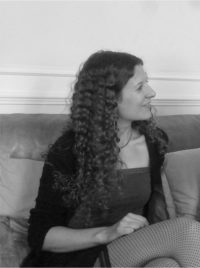
Delphine Gauthier-Guiche
Born in 1975 in Evreux, France, musician and plastic artist Delphine Gauthier-Guiche played the piano before discovering her passion for the horn. While pursuing law at the Parisian University Assas, she was awarded three first prizes for chamber music, the natural horn and the modern horn from the Conservatories of St-Maur-des-Fossés, Paris and Boulogne-Billancourt. She completed her education at the Freiburger Musikhochschule (2001-2004 , Prof. B. Schneider) and at the Schola Cantorum in Basel (2008-2009 Prof. Th. Müller). In Germany, Delphine Gauthier-Guiche specialized in repertory music from the XXth and XXIst centuries and became a regular member of the Ensemble Aventure (www.ensemble-aventure.de ). For the past 15 years, she has been based in Freiburg where her freelance work has been firmly oriented in musical performance. During this period, she has primarily toured Europe as a chamber musician and a soloist; but at times she has also performed with the orchestra.
In addition to her musical activities, she has spent many years devoted to research in the visual arts. Contact with other artists has cross- pollinated her artistic endeavours. Stemming from a deep knowledge of music, her approach lays a foundation that bridges art and experience. Even though DGG ‘s musical interpretation takes the theatrics of the concert and an analysis of the music language as her departure point, she often makes a detour through painting where her perception of musical form and structure underlies her pictorial work. Finally, daily practice of French, German, English and Spanish has deepened her literary sensibilities, integrating translation exercise into musical arrangement and leading her to illustrate poems as she were scoring them to music. Thus emerges a convergence across a platform of musical and artistic expression that has largely defined her work.
Zachary Seely "My interest as a musician in DGG's art" read here
My interest as a musician is in how DGG’s art deals with the realm of time and identity. Each painting unfolds layers of compressed experiences, which are both intense and personal. For me, the artist is present in the materials. The compositions and techniques reveal the processes of both the art-making and in the artist’s development of self-awareness. It is easy to imagine her handling each piece with great care, while reacting to her own choices as the work evolves and informs her next decision. Her studio is transformed into a concert performance, where each musical gesture undergoes changes in pressure and amplitude, responding in real time to an inner chamber ensemble through her signification of shape and color. Her thoughts and feelings about life collide and disperse throughout her creative processes at different speeds in multi-dimensional directions. She combines the raw and mysterious through her honesty, control, and genuine imagination.
This inward journey is both solitary and communal. The confrontations in her life and art reflect one another through her choices of density. Her paintings include long periods of silence and tiny creaky noises in the detailed, imprecise boundaries of distorted shapes. The harmonies in her paintings span the entire register of human perception and put into question all the known sounds of the universe. Her willingness to explore these often dark and broken paths is admirable. Her portrayals of these experiences move through time, though partially hidden in collages of dissonant societies both ancient and contemporary. Her struggle becomes musical and vibrates timelessly to the reverberation of all human experience. Each work is a snapshot of human collision: a clash with nature, a search for one’s note in the harmony of life, youthful curiosity, and, though these works are non-linear, even conflicted eroticism.
As we move forward through today and tomorrow, her paintings will continue to resonate beyond time.
Zachary Seely
